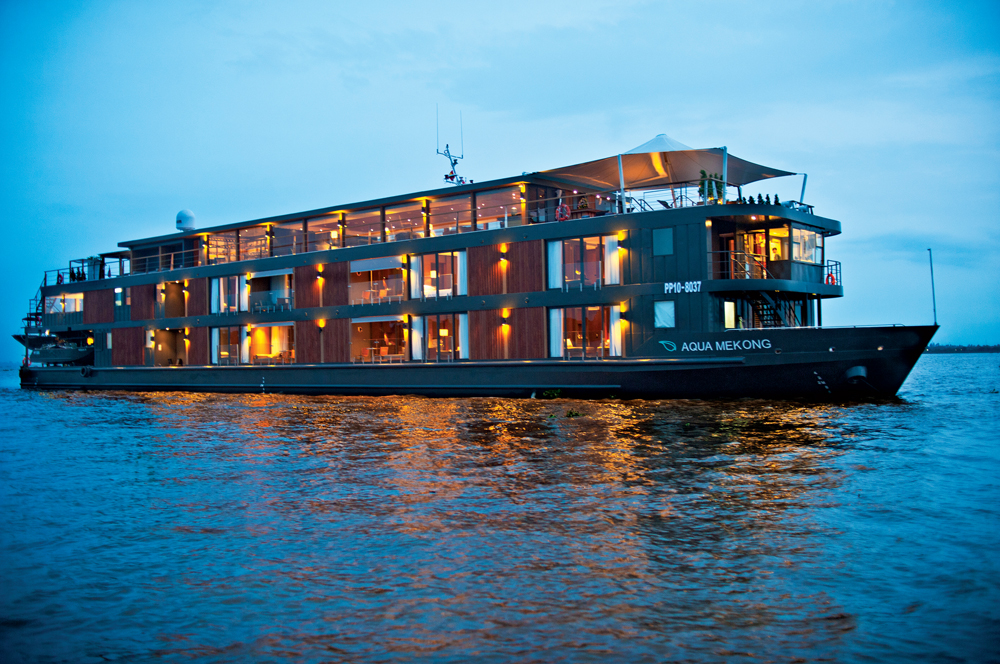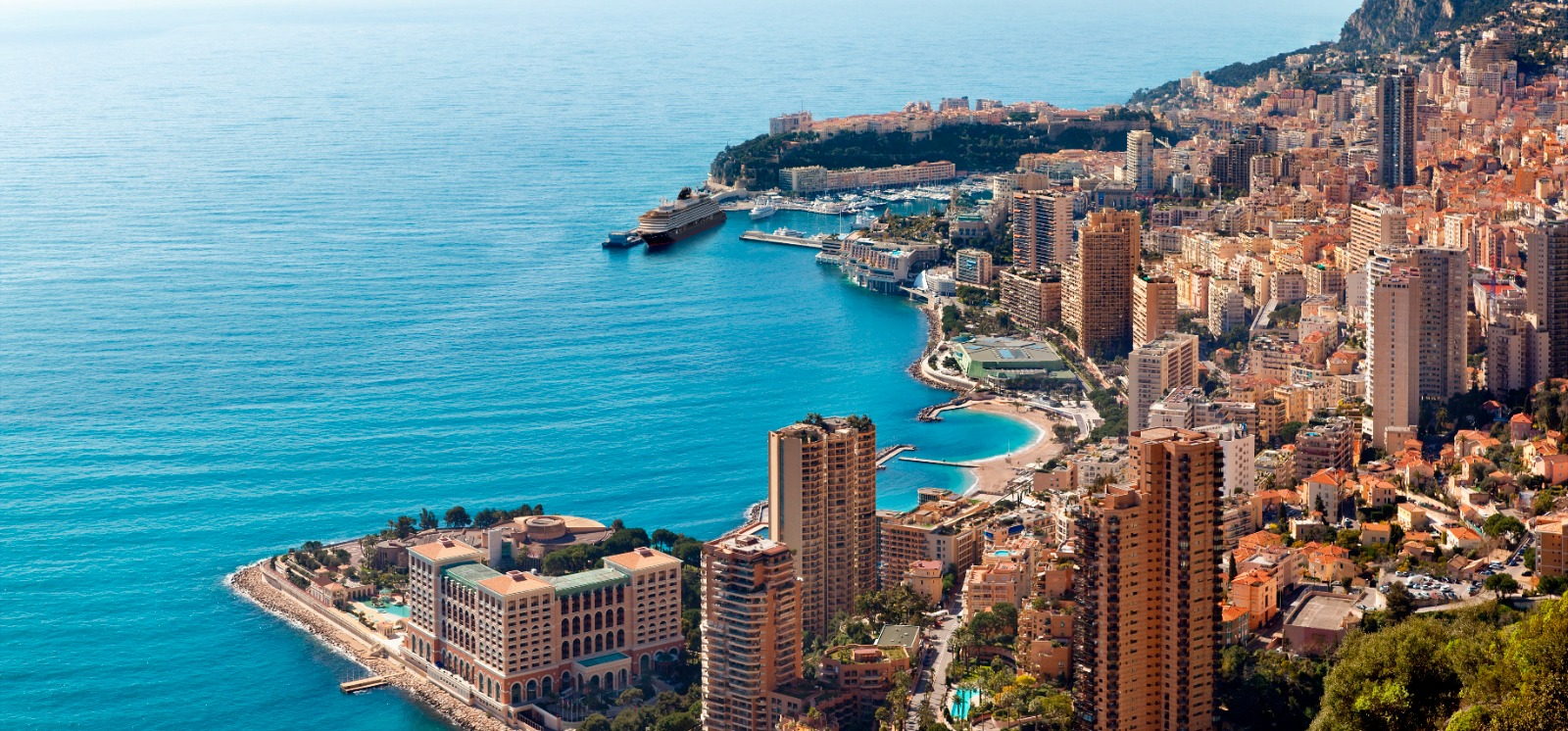Cruise Ship Aqua Mekong Sails Through Southeast Asia's Rich Culture
Oct 03, 2016
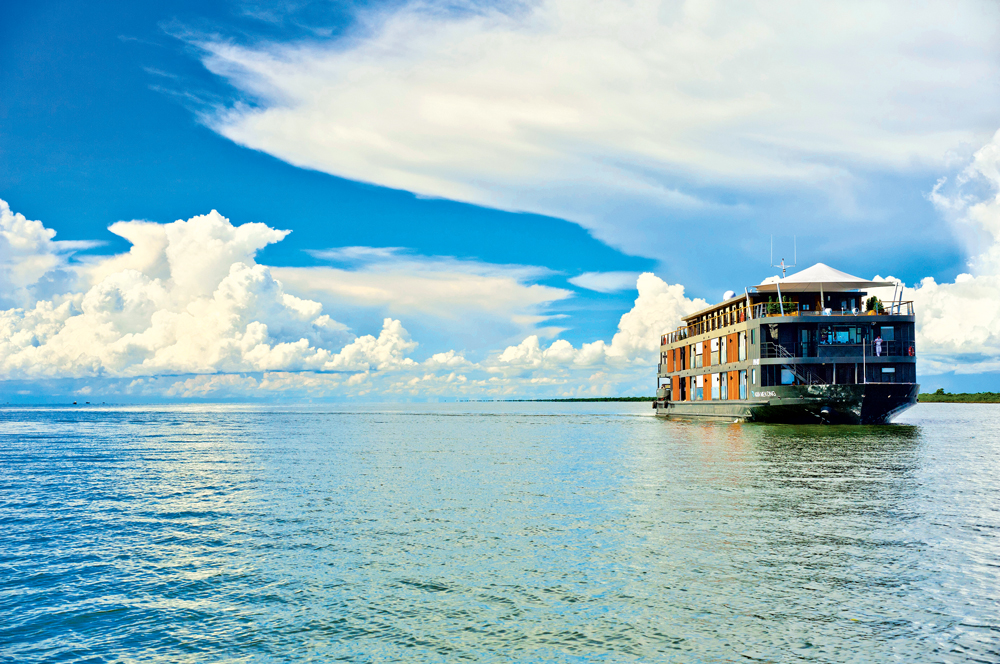
The Mekong is more than just a river, it is a way of life. Standing on the observation deck of the cruise ship Aqua Mekong with the setting sun warm against our backs, we watch the inhabitants on the riverbanks get on with their daily lives. Watermen tend to their barges, which lie low in the water under the weight of their cargoes of rice, as they creep south toward the cities on the lower reaches of the river. Fishermen guide their boats through the golden-hued water, each with his entire family huddled on deck. The fisherfolk see the passengers watching from the rail of the Aqua Mekong and flash the V-sign in greeting. We wave back. The cruise director Nakey later explains the gesture. “It means welcome to Vietnam,” he says.
Our three-day cruise down the Mekong had begun the day before, in Phnom Penh in Cambodia. Sometime during the night the Aqua Mekong crossed into Vietnam and dropped anchor. The passengers wake in the morning to the sight of sunlight filtering into their cabins through the gauzy curtains and the river lapping gently against the hull.
The Aqua Mekong is operated by Aqua Expeditions. The company, set up in 2007, offers adventurous cruises on some of the world’s greatest rivers. Its first cruises were on the Peruvian stretch of the Amazon, on the Aqua Amazon. Its first cruise in Asia was in October 2014, on the Mekong between Cambodia and Vietnam.
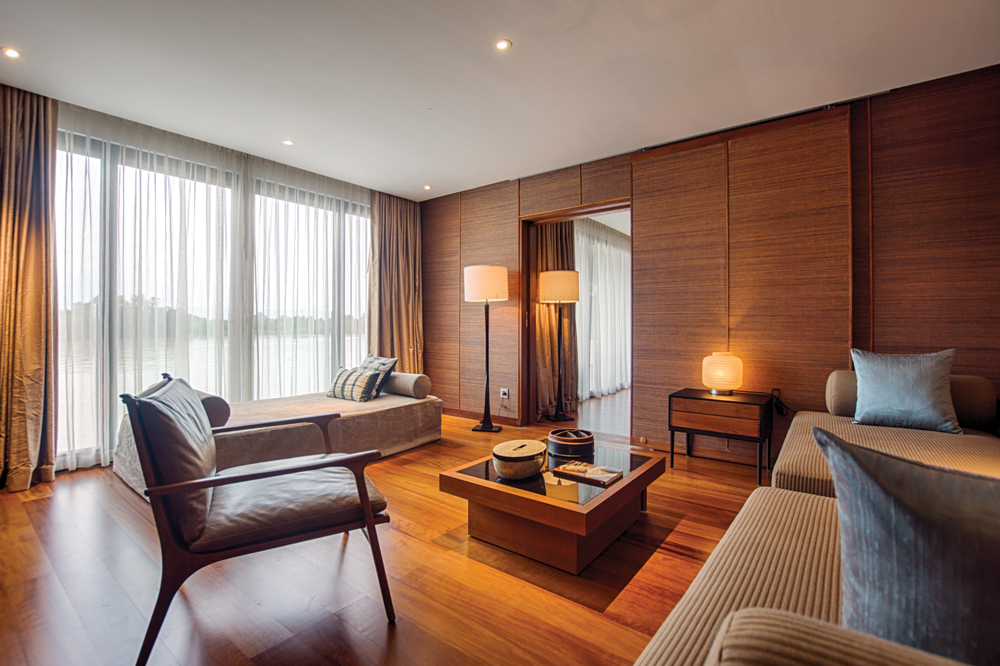
The Aqua Mekong has 20 passenger suites, dining areas indoors and out, a well-equipped gym with panoramic views, a games room, a cinema, a spa and a plunge pool. The service is impeccable. The crew are always ready to lend a hand. They greet you by name and remember each of your preferences. Without me needing to say a word, I am served strong, black coffee every morning, with a small bowl of freshly cut bird’s eye chilli at every meal and with a glass of chilled Chardonnay every evening.
The food is a highlight on the cruise. The passengers dine on freshwater prawns, grilled river lobsters and aromatic beef satay, spices and flavours exploding on the palette with every mouthful, their effect balanced by the abundance of fresh herbs Vietnamese cuisine is so famous for. There was plenty of choice for breakfast: cereals, omelettes and a scrumptious spread of tropical fruit, including dragonfruit, jackfruit, mangosteen and pineapple. For those so inclined, full English breakfasts, corn fritters and ricotta pancakes are available. Pho is a popular choice. We slurp up the glistening rice noodles and richly spiced beef broth with gusto.
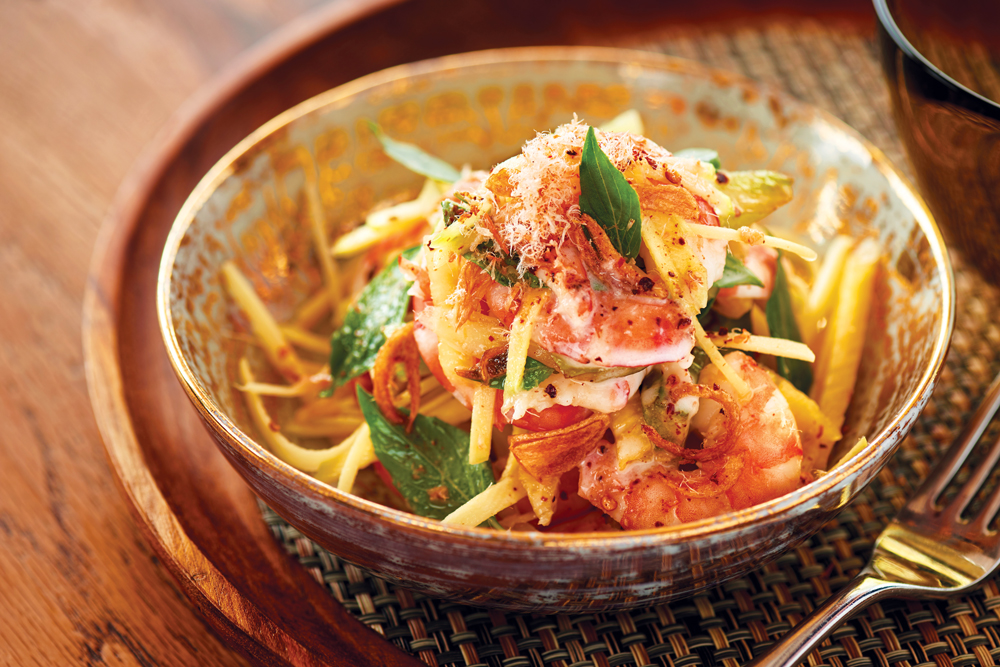
Yet luxury is no barrier to reaching out and connecting with the people whose way of life is governed by it. Expert guides lead expeditions from the ship twice each day, giving us a glimpse of riverside life. In Chau Doc, we stroll among learned Buddhist monks in their secluded, gilded temples, slipping in to observe their ritual morning chants. We venture into open- air markets, where the stalls are piled so high with goods that they spill out onto the narrow passageways, and where the pungency of salted and dried fish fills the air. The visits to markets are favourites among the passengers. One of our landings is in Sa Dec, a town made famous by French writer Marguerite Duras’s novel, The Lover, which is supposed to be based on the author’s love affair with a Chinese- Vietnamese. But we desert Duras’s rather dark dwelling in the town for the wet market, led by the ship’s head chef. He points out herbs and other produce we’ve never seen before, showing us the purple leaves of tia to, coriander-like rau ram and pale green baby watermelons the size of a fist. “Good for soup,” he says of the watermelons. We discover that in Vietnam fruit is not always eaten when ripe and sweet. Indicating a mound of unripe green mangos, the chef says: “Eat with salt and chilli”.
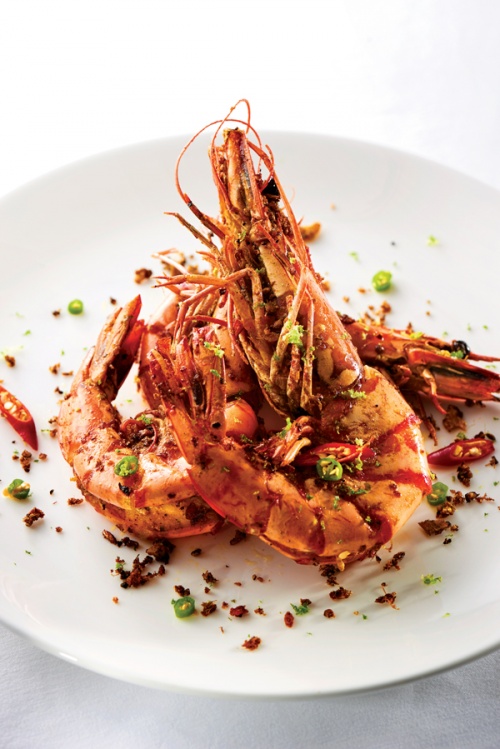
In the evenings we are treated to insightful presentations on Vietnam. Our guides tell us everything we want to know about the country: its geography, its people, their history, their culture, the wars they have fought and their politics. We digest all this knowledge with glasses of chilled wine and salted cashews.
The Mekong is the world’s 12th-longest river, stretching over 4,300 kilometres from its source to the sea. It rises on the frozen plateau of Tibet, plunges down though the Chinese province of Yunnan and then slows and widens, meandering through Myanmar, Laos, Thailand, Cambodia and Vietnam to the South China Sea. For the last 2,000 kilometres of its course, the river is wide, its banks are mostly flat and its water has a golden colour due to the sediment washed down from the upper reaches.
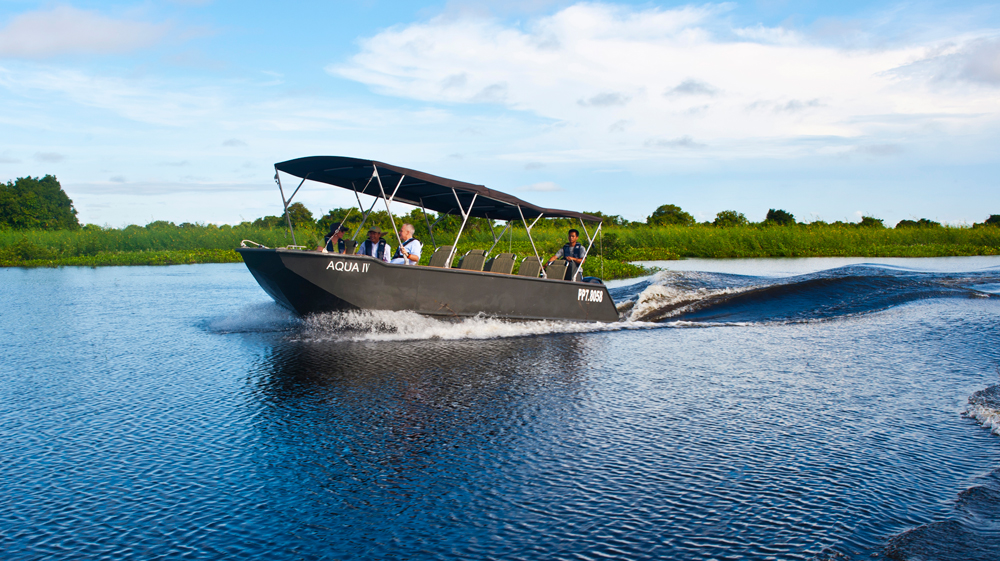
The river is the source of the livelihoods of hundreds of thousands of families that live on or by it. Some 60 million people live along the Mekong. In Thailand and Laos, the Mekong is known as Mae Nam Khong, meaning “mother of water”. The river sustains households by filling their fish traps, irrigating their paddy fields, slaking their thirsts, laundering their clothes and bearing their boats back and forth.
The biodiversity of the Mekong is second only to that of the Amazon. The river is the habitat for hundreds of species of fish and countless other forms of life. One of the guides onboard, Tuyen, says the Mekong supplies 2 per cent of the world’s catch of wild fish. To illustrate, he leads passengers on an expedition to a hut built on a platform raised on stilts above the murky water.
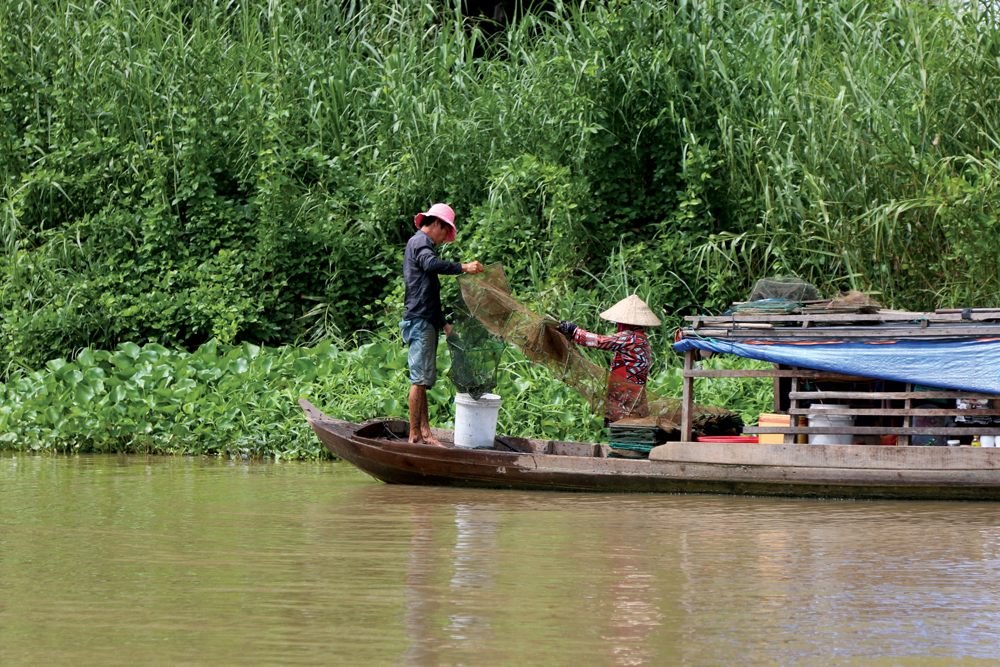
Inside, fishermen are hauling in their nets, hoisting hundreds of catfish up through a hole in the platform and tossing them into bamboo baskets, which are then loaded onto a boat moored alongside. We watch fisherfolk building a fish trap. A fisherman and his wife use bits of chicken to bait nets, which they string out between tree branches speared into the riverbed. Fish caught in the trap cannot escape, but they continue to live and breed in captivity.
Oddly, my favourite way to experience the Mekong is not in a boat but on a bicycle. A guide leads a party of passengers, all mounted on bikes, through the riverside settlements. We squelch through mud, duck under market awnings and return the greetings of children that run alongside, laughing and screaming, “Hello”. We pause to admire beautiful temples, bonsai gardens and towering red-brick kilns. We cycle to the home of an elderly couple, who welcome us with fresh fruit and tea. The husband serenely plucks a long zither-type instrument called a Dan Tranh, while the wife serenades us with folk songs.
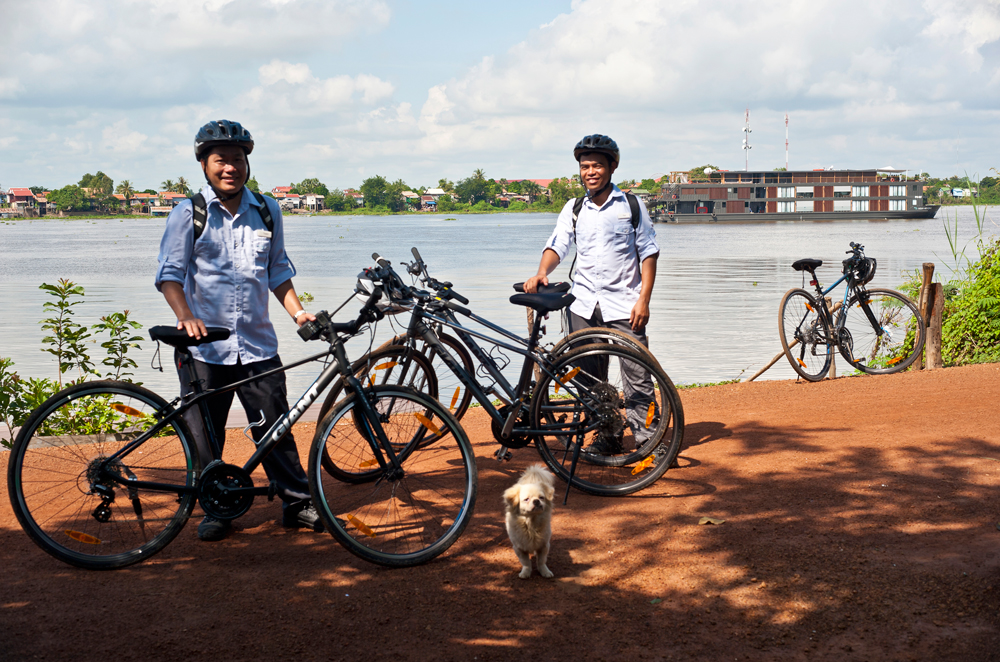
All to soon the cruise ends. We disembark from the Aqua Mekong at My Tho and travel to Ho Chi Minh City, where we are dazed by the roaring traffic and the need to be self- reliant after the peace and pampering of the cruise. But it was not the indulgence that was the greatest pleasure of the voyage downriver.
You can be indulged in many places in Vietnam: try the beaches of Danang or in the restaurants of Hanoi. The greatest pleasure of the cruise was the culture and traditions we encountered, and only the Mekong offers such varied culture and such thriving traditions.
